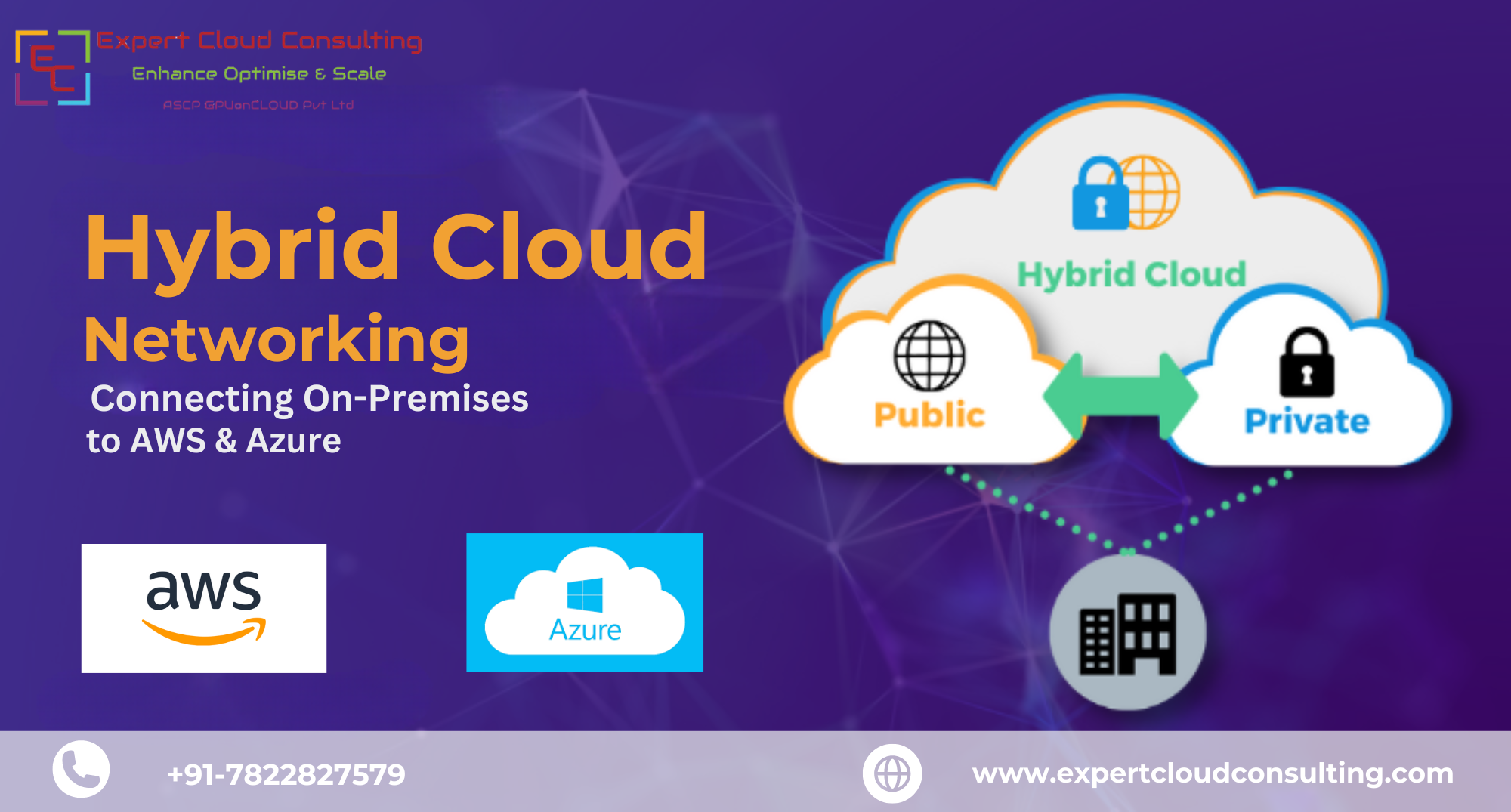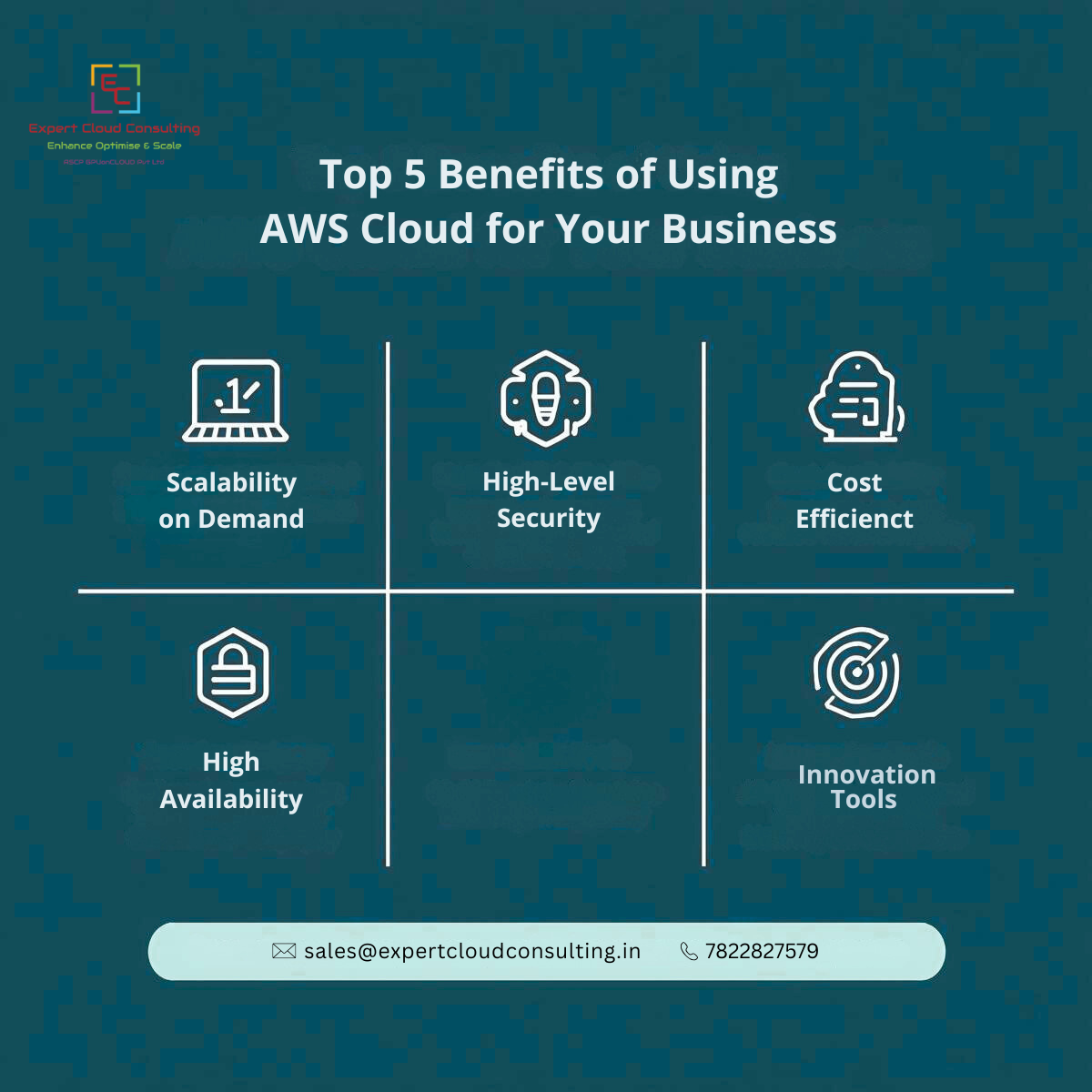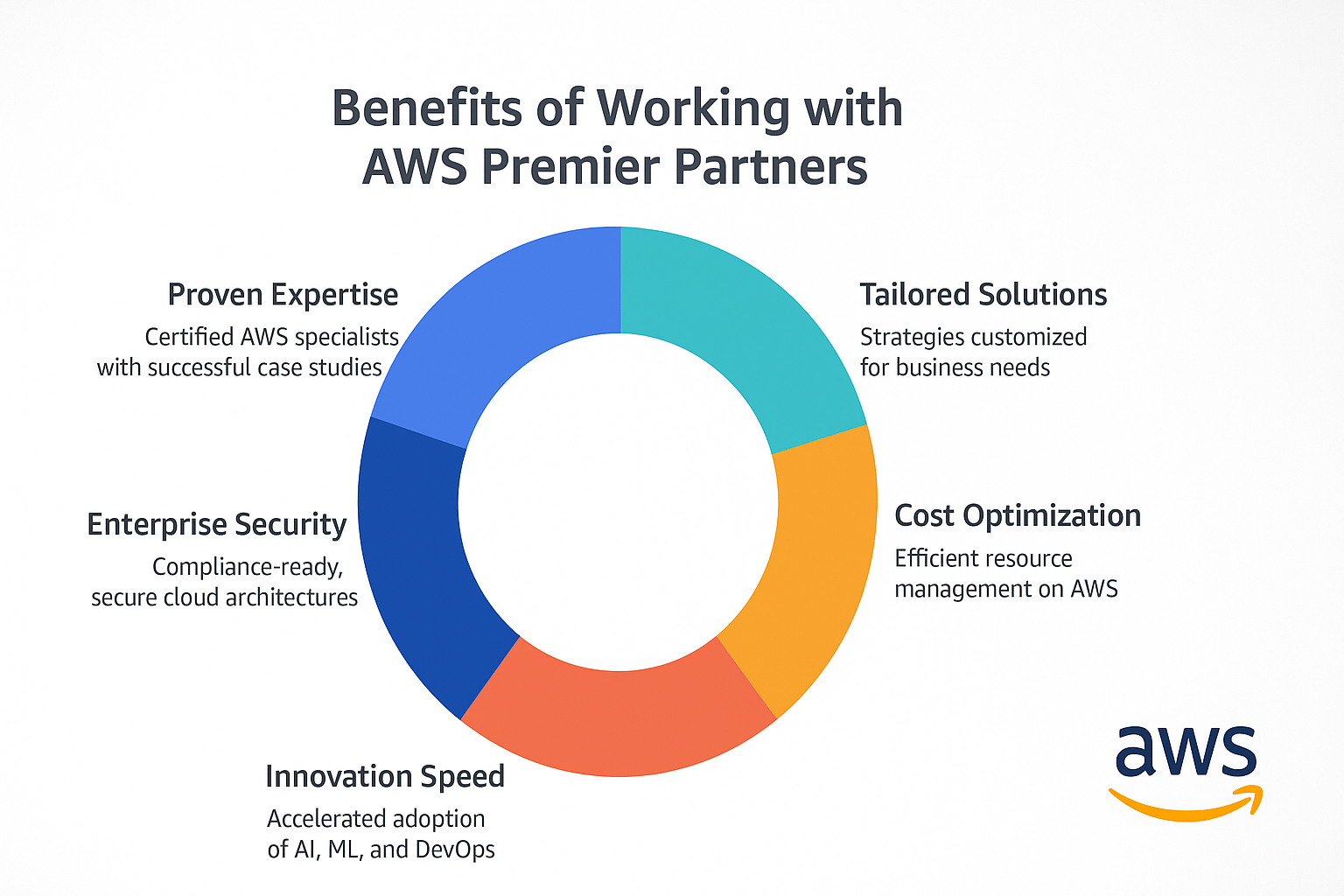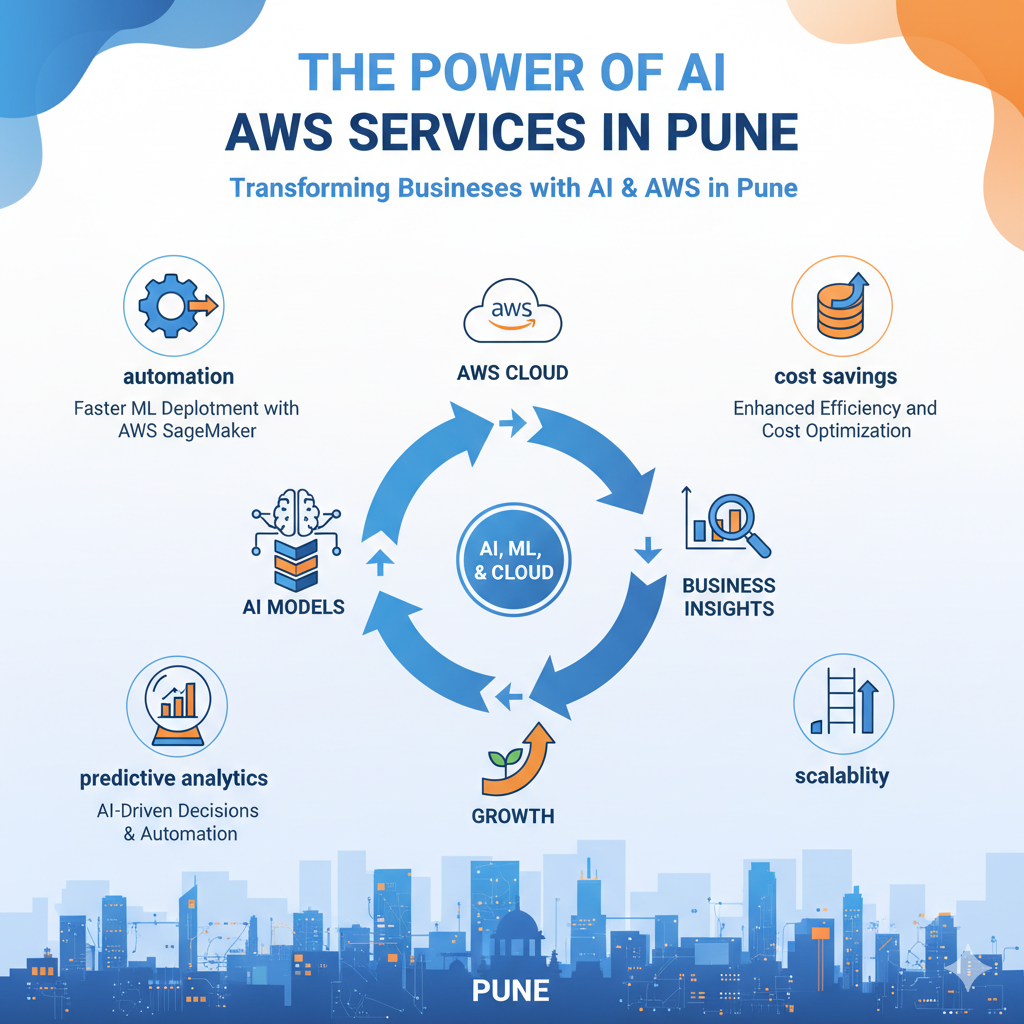- IntroductionIn the era of digital transformation, hybrid cloud environments have become a cornerstone for businesses aiming to achieve agility, scalability, and cost-efficiency in their operations. Hybrid cloud networking, the backbone of these environments, enables a seamless connection between on-premises data centers and cloud services like AWS and Azure. Expert Cloud Consulting, with its deep expertise in AWS and Azure cloud consulting services, is at the forefront of designing and implementing robust hybrid cloud solutions. In this blog, we explore the key strategies and best practices for effectively connecting on-premises infrastructure to AWS and Azure, paving the way for a flexible and efficient IT ecosystem.
Understanding Hybrid Cloud Networking
Hybrid cloud networking is the integration of on-premises data centers with cloud resources, allowing data and applications to move freely between private and public clouds. This setup offers the flexibility to run applications in the most appropriate environment, based on cost, performance, and regulatory requirements.
Key Strategies for Hybrid Cloud Networking
Assess Your Current Infrastructure
The first step in connecting your on-premises infrastructure to AWS and Azure is to thoroughly assess your current network setup. Understand your bandwidth requirements, latency tolerances, and security needs to ensure that the hybrid cloud solution can meet your business objectives.
Choose the Right Connectivity Option
AWS Direct Connect and Azure ExpressRoute provide dedicated network connections from your premises to the cloud for reduced latency and increased reliability compared to internet-based connections.VPN Connections offer a cost-effective, secure method to connect your on-premises networks to the cloud over the internet, suitable for smaller workloads or as a backup solution.
Implement a Consistent Networking Architecture
Designing a consistent networking architecture across your on-premises and cloud environments is crucial for simplifying operations and ensuring security. Consider using services like AWS Virtual Private Cloud (VPC) and Azure Virtual Network (VNet) to create isolated network environments in the cloud that mimic your on-premises setup.
Prioritize Security and Compliance
Security is paramount in hybrid cloud networking. Utilize network security groups, firewalls, and encryption to protect data as it moves between on-premises and cloud environments. Both AWS and Azure provide tools and services to help you comply with industry standards and regulations.
Best Practices for Hybrid Cloud Networking
Continuously Monitor and Optimize
Use cloud-native tools to monitor network performance and costs. Regularly review your setup to identify optimization opportunities.
Implement Strong Governance and Lifecycle Management
Establish clear policies for how resources are provisioned, used, and decommissioned to maintain control over your hybrid cloud environment.
Educate Your Team
Ensure that your IT staff is trained on the specifics of AWS and Azure networking services and best practices for managing a hybrid cloud environment.Conclusion
Hybrid cloud networking is a powerful enabler of business transformation, offering the best of both on-premises and cloud worlds. By carefully planning your connectivity, prioritizing security, and leveraging the advanced features of AWS and Azure, you can create a robust, flexible IT infrastructure that supports your business goals. Expert Cloud Consulting is your partner in this journey, providing expert guidance and support to harness the full potential of hybrid cloud networking. Together, let's build a future-proof infrastructure that propels your business forward.











